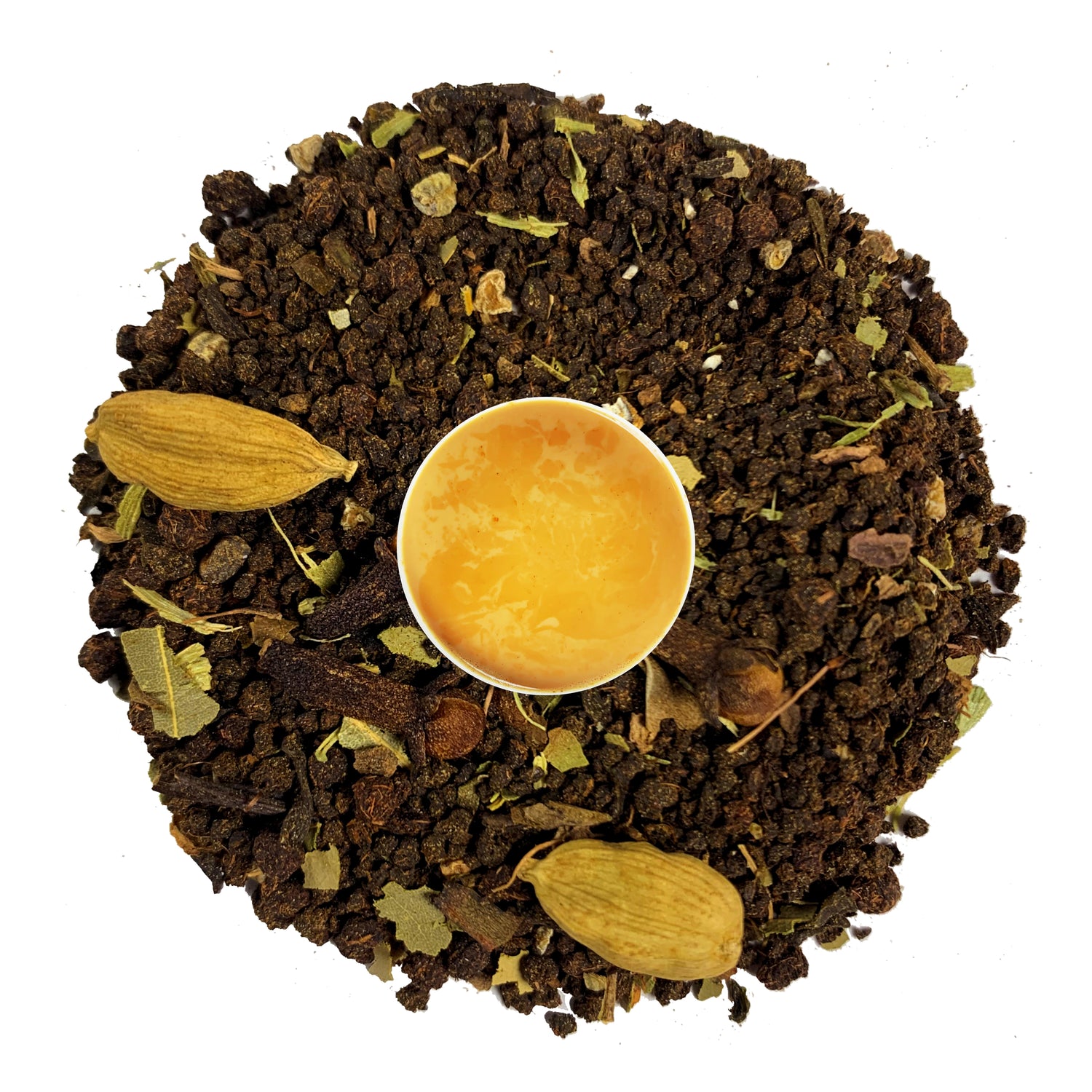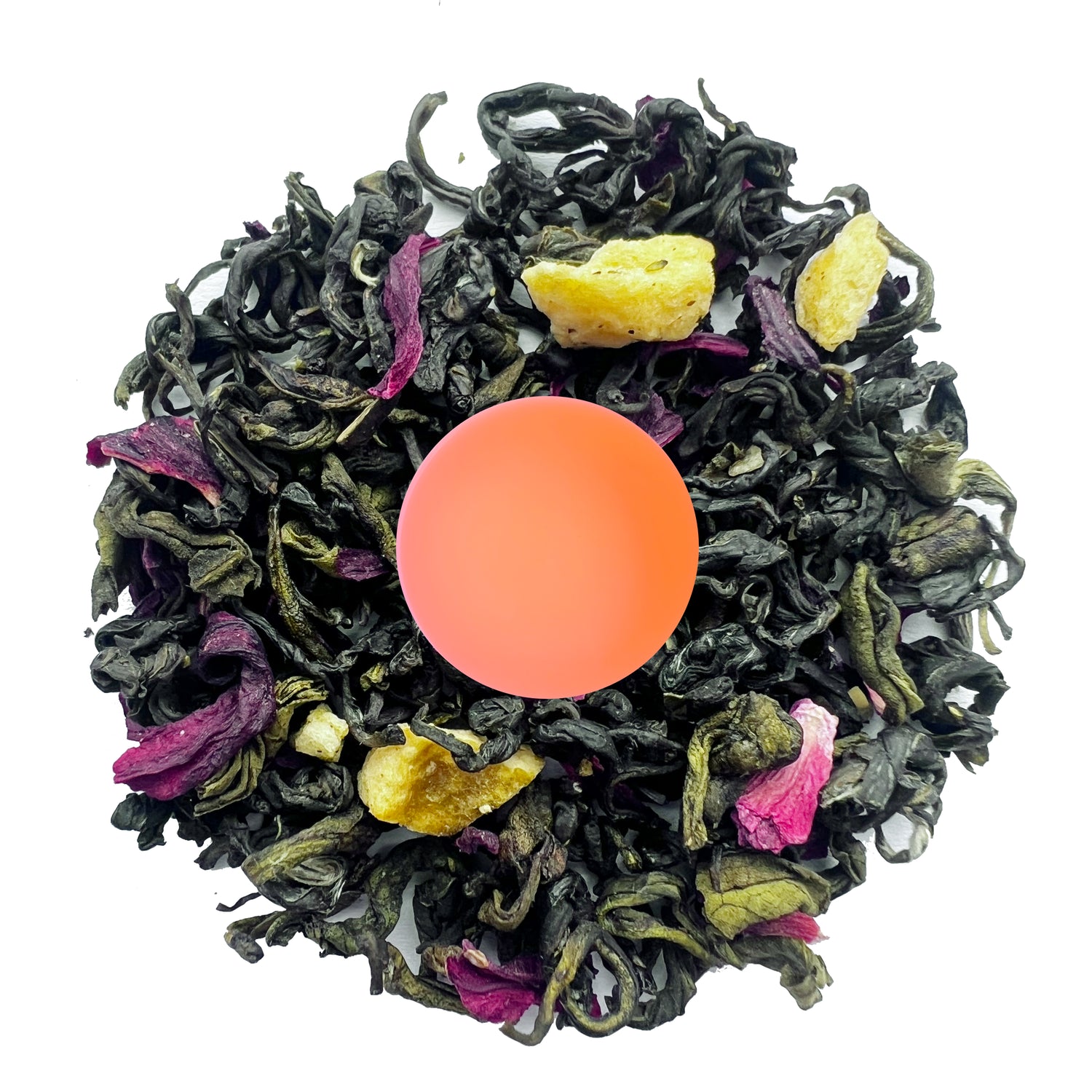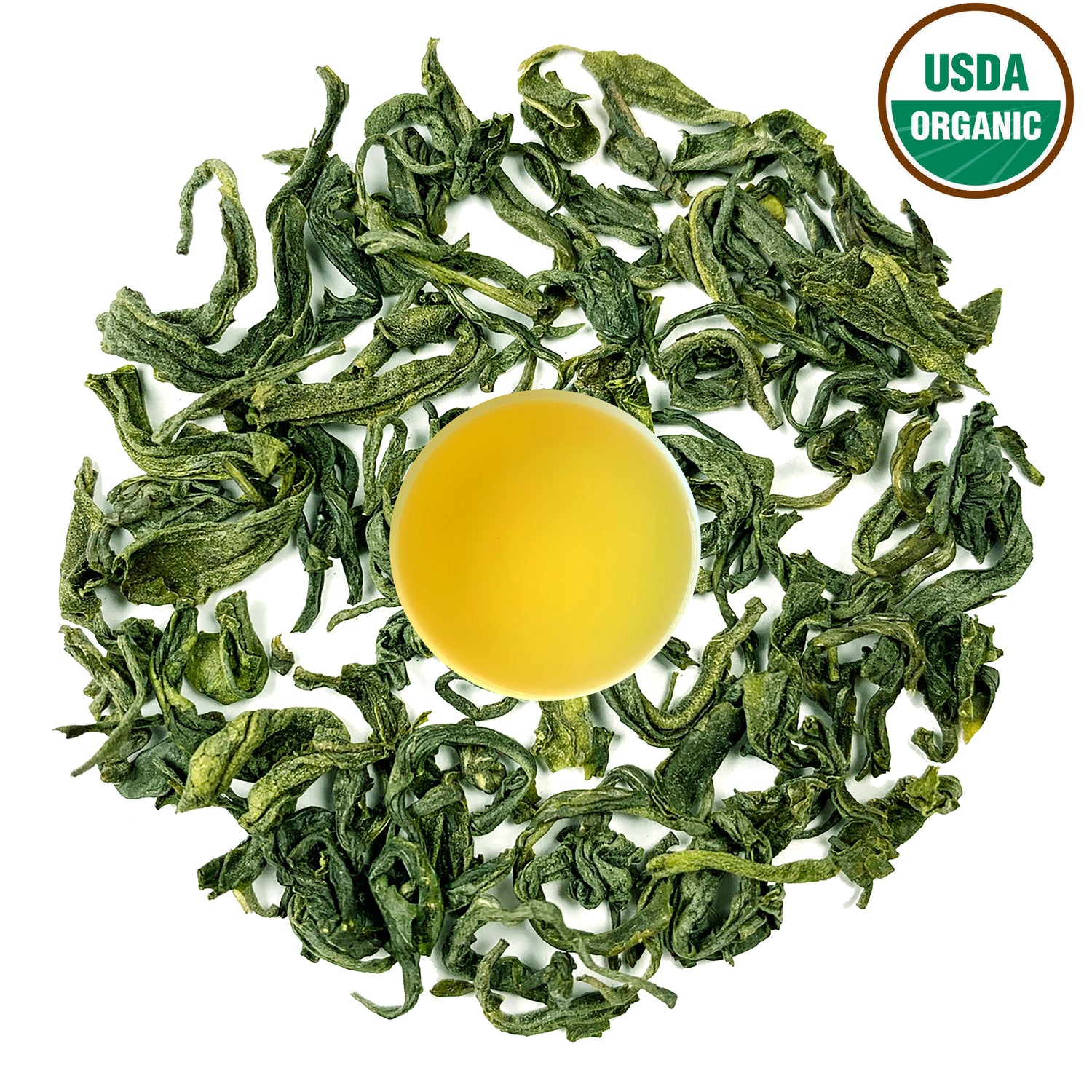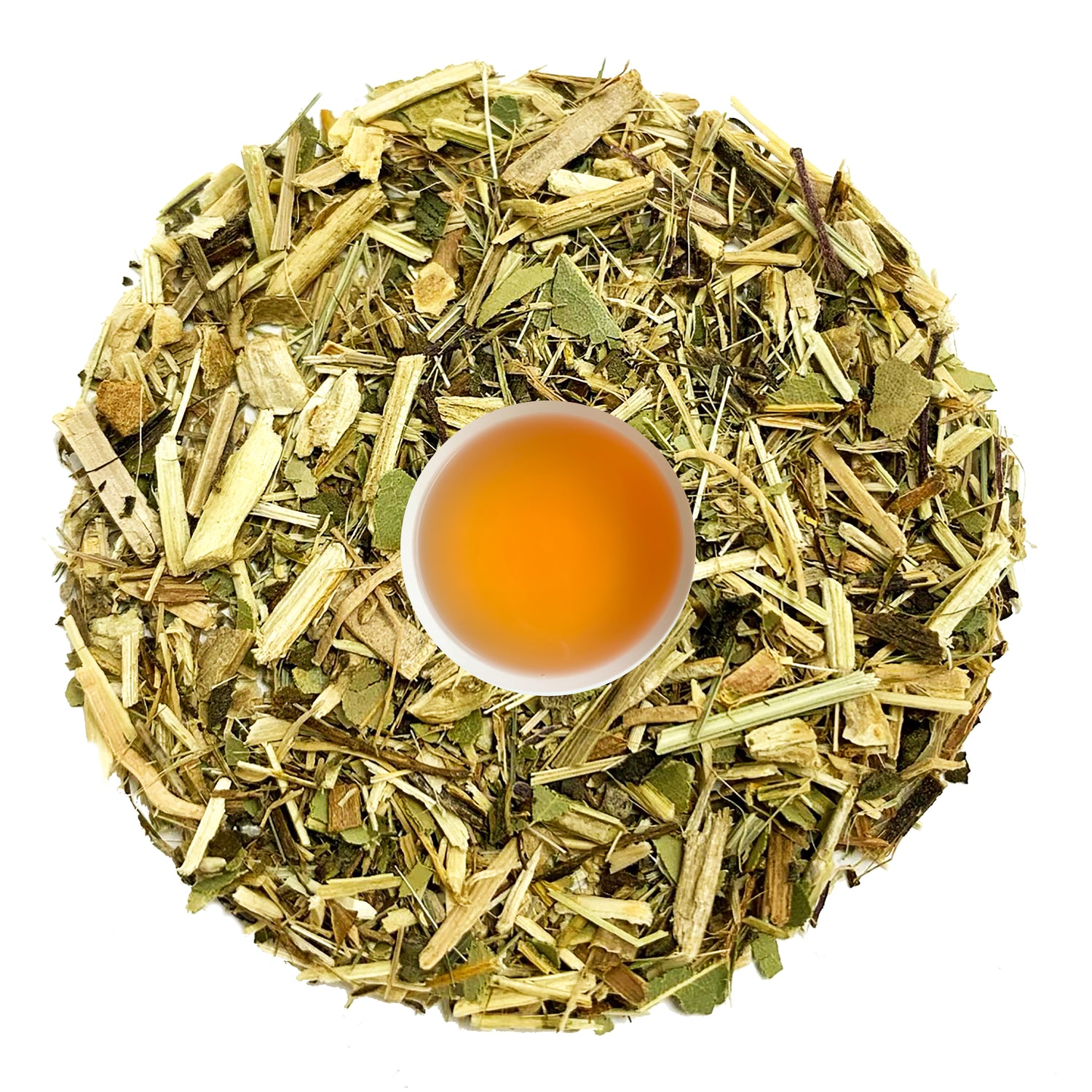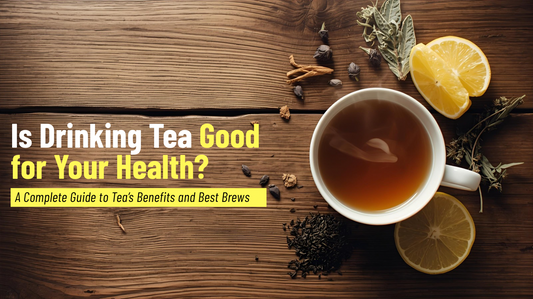
World of Tea Flavors: Cultural Brewing Secrets
It’s Not Just the Leaf. It’s Where It Comes From.

Let’s Start with a Sip of Curiosity
Ever had a cup of tea on vacation and thought, “Why doesn’t this taste like the tea back home?”
You’re not imagining it. Tea really does taste different around the world—and not just because of the leaves.
It’s like food, music, or fashion—every culture brings something personal to the mix. And if you’ve ever tried tea from Nepal, you already know how unique that experience is. Grown high up in the cool, misty air of the Himalayas, Nepal tea has a fresh, floral taste that feels like a breath of mountain air.
So what makes the difference? It’s a blend of things—climate, water, brewing style, and the traditions passed down over generations.
Let’s take a tea tour around the world—and see how each country puts its heart into the cup.
Nepal Tea: Pure, Fresh, and Full of Soul
In Nepal, tea isn’t just something you sip. It’s something you share. A symbol of hospitality, comfort, and home.
Nepali tea is grown in high-altitude regions like Ilam and Dhankuta, where the cool climate and fresh mountain air slow down the growth of the tea leaves—making the flavors more delicate and complex.
Most teas here are hand-plucked and processed using traditional “orthodox” methods. That means they’re crafted with care, not cranked out by machines. The result? A smooth, floral flavor that’s a little like Darjeeling, but with its own bold, balanced twist.
At home, we make “chiya” with milk, spices, and sugar. It’s how we greet guests. It’s what we drink during long chats and chilly mornings. It’s comfort in a cup.
So when you drink Nepal tea, you’re tasting more than leaves—you’re tasting stories, people, and the peaceful spirit of the hills.
China: Where Less Is More
China’s relationship with tea goes back thousands of years. And here, simplicity is everything.
Ever wonder what kind of tea you get at a Chinese restaurant? It’s usually a lightly roasted oolong or a delicate jasmine green tea. No milk, no sugar—just hot water and leaves, letting the natural flavor shine.
Chinese tea ceremonies are slow and mindful. It’s about savoring the moment, not rushing through it. Think of it as quiet time for your senses.
China vs. Nepal?
- Chinese tea: Earthy, calm, refined
- Nepal tea: Fresh, floral, soulful
Different moods, both beautiful.
Japan: Tea as a Moment of Zen
In Japan, tea is more than a drink—it’s a ritual of presence and peace.
Matcha is the star here. It’s powdered green tea whisked into a bright green foam. It tastes grassy and slightly bitter, and it’s packed with health perks. But it’s not just about drinking it—it’s about the quiet, focused way it’s made and served.
Japan vs. Nepal
- Japanese tea: Meditative, deep, ceremonial
- Nepal tea: Lively, light, aromatic
One’s a calm forest, the other’s a mountain sunrise.
Morocco: Sweet, Minty, and Full of Life
Tea in Morocco is an everyday celebration. You’ll find green tea with fresh mint and a whole lot of sugar being poured from high above into tiny glasses.
Why poured from a height? To create foam—and show flair!
It’s warm, welcoming, and full of flavor. People drink it throughout the day, and guests are always offered a cup. It’s how Moroccans say, “You’re welcome here.”
Morocco vs. Nepal
- Moroccan tea: Bold, sweet, festive
- Nepal tea: Smooth, clean, grounding
One’s a lively street party. The other’s a slow, peaceful morning.
The UK: Cozy Vibes and a Classic “Cuppa”
In Britain, tea is about comfort. It’s a break in the day, a reason to pause and chat.
It’s usually strong black tea, often with milk and sugar, and maybe a biscuit on the side. Simple, familiar, and loved by all ages.
UK vs. Nepal?
- British tea: Rich, milky, comforting
- Nepal tea: Crisp, refreshing, subtle
One wraps you in a blanket, the other opens the window to fresh air.
It’s Not Just the Tea Leaves…
A few other things change the taste of your brew:
-
Water – Soft water brings out delicate notes. Hard water can dull the flavor.
-
Altitude – High altitudes (like in Nepal) slow leaf growth, leading to more aroma and complexity.
-
Brewing Time – Steep too long, it gets bitter. Too short, and it’s weak.
-
Teaware – Clay pots in China, small bowls in Japan, glass or metal cups in Nepal—it all makes a difference.
Even the way we prepare tea becomes part of its flavor story.
So... Why Does It Matter?
Because tea connects us. It brings people together, sparks conversation, and invites us to slow down.
When you sip Nepal tea, you’re not just tasting something delicious—you’re experiencing a part of the Himalayas.
When you enjoy Moroccan mint tea, you're stepping into a culture of warmth and generosity.
Each cup is a passport to another place.
And your journey could start with Danfe Tea.
Want to Taste the Difference Yourself?
Discover what makes Nepal tea so special. Whether you’re into bright green teas, soothing jasmine, or bold black brews, you’ll find something that feels just right.
Browse Danfe Tea's Collection
FAQs
1. What makes Nepal tea different?
Nepal tea grows at high altitudes and is often hand-picked. It has a fresh, floral taste and is usually made in small batches for quality.
2. Why does tea taste different in every country?
Because of differences in climate, water, brewing styles, and even the types of teacups used. Culture plays a big role in flavor.
3. What’s the tea served in Chinese restaurants?
Usually oolong or jasmine green tea—both served plain to highlight their natural taste.
4. Can I use Nepal tea to make masala chai?
Absolutely! Nepal’s black tea makes a great base for spiced chai.
5. Is Nepal tea good for health?
Yes! It’s rich in antioxidants and supports digestion, focus, and wellness—especially green and white teas.




